Attractive vines are a surefire way to add interest to your garden, climbing up walls and fences, scrambling up trellises, and providing pretty blooms and seasonal color or lush green foliage. Depending on the species, vines use different methods to climb the garden surfaces they come into contact with. Some vines twine, their stems forming tight coils that help them climb. Other vines put out tendrils that grow outward and grasp onto surfaces such as walls and trellises. Still others are true climbing vines that grow against flat surfaces, adhering tightly to walls and fences as they rise. Many climbing vines have aerial rootlets that affix their stems to surfaces, while others have little discs—specialized suctioning features on tendrils that grow from their central stems. Read on to learn about more climbing vines and check out our best advice for growing them.
Bougainvillea
(Bougainvillea sp.)
This tropical Central and South American plant is loaded with vibrant fuchsia, crimson, or gold blooms. Bougainvillea can be trained into a climbing vine, tree, or shrub, but choose wisely. Some cultivars were bred to be more compact, while others can scramble to 100 feet high or taller. Plant this evergreen vine in full sun in USDA Zones 9–11.
Find it in the Southern Living Plant Collection.
Carolina Jessamine

(Gelsemium sempervirens)
The state flower of South Carolina, this pretty evergreen vine can be trained on trellises and arches as well as on columns and posts. Bees love the canary-yellow spring flowers, which are most profuse in full sun or light shade. In the wild, its thin vines wind high up into the tree canopy, so plant Carolina jessamine away from trees if you don’t want it to do the same. Hardy in USDA Zones 7 and up.
Learn more about jessamine.
Clematis

(Clematis sp.)
This fast-growing vine produces a wide array of showy flower forms in many colors and shapes. The most popular clematis varieties are typically deciduous, sending out 6–18 feet of new growth and a flush of large purple, pink, or white blooms each year. Depending on the species, most prefer moist, well-drained soil and full sun or afternoon shade. This classic mailbox adornment initially requires tying up to train it.
Find it in the Southern Living Plant Collection.
Climbing Hydrangea
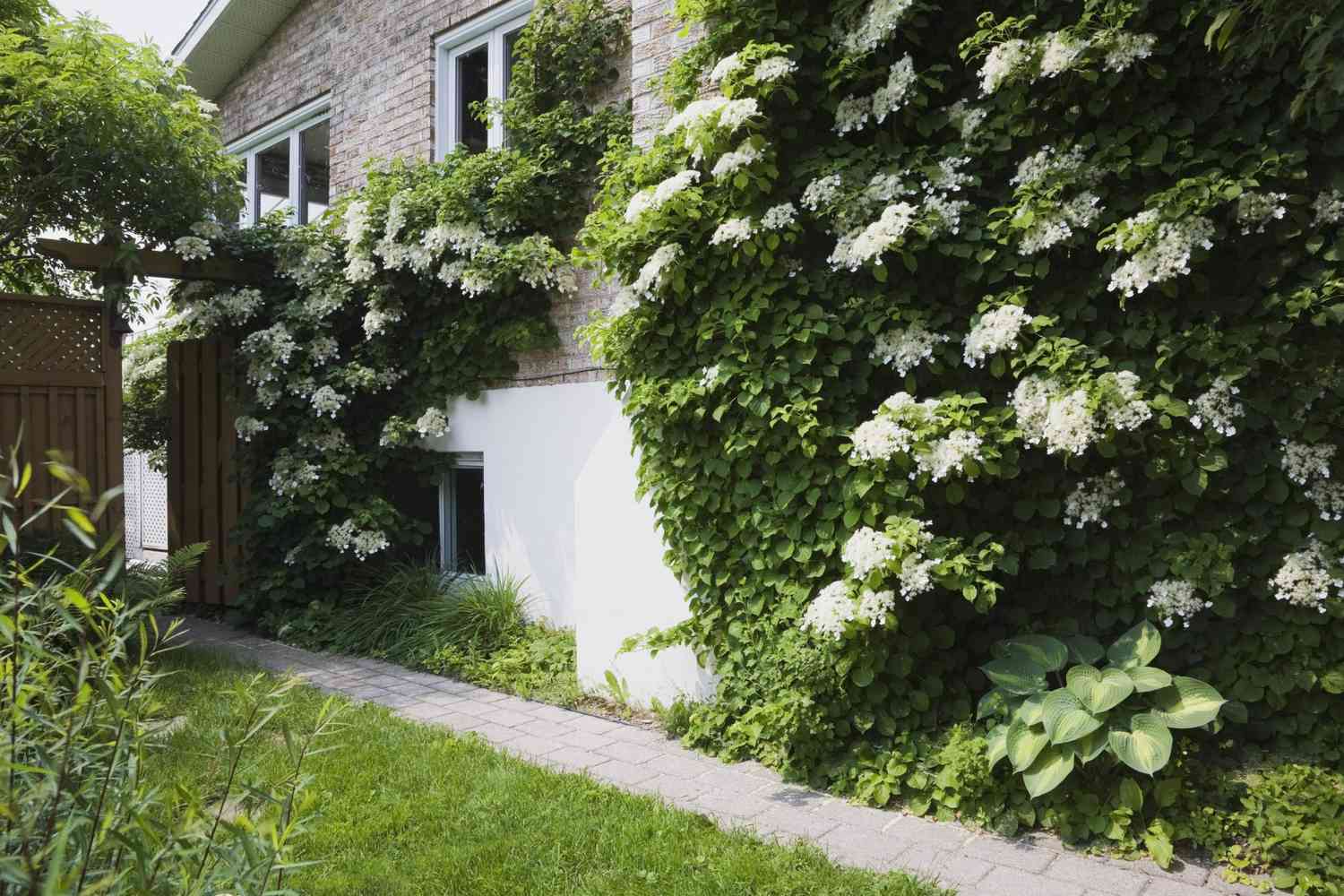
(Hydrangea petiolaris)
This hydrangea species has aerial rootlets that allow it to cling to the side of structures, climbing to 60 feet or more. Climbing hydrangea produces 8-inch wide, flat clusters of creamy flowers and heart-shaped leaves with yellow fall color. This vine will grow in sun or shade, preferably in rich, moist, well-drained soil. Hardy in USDA Zones 4–8.
Learn more about hydrangeas.
Creeping Fig
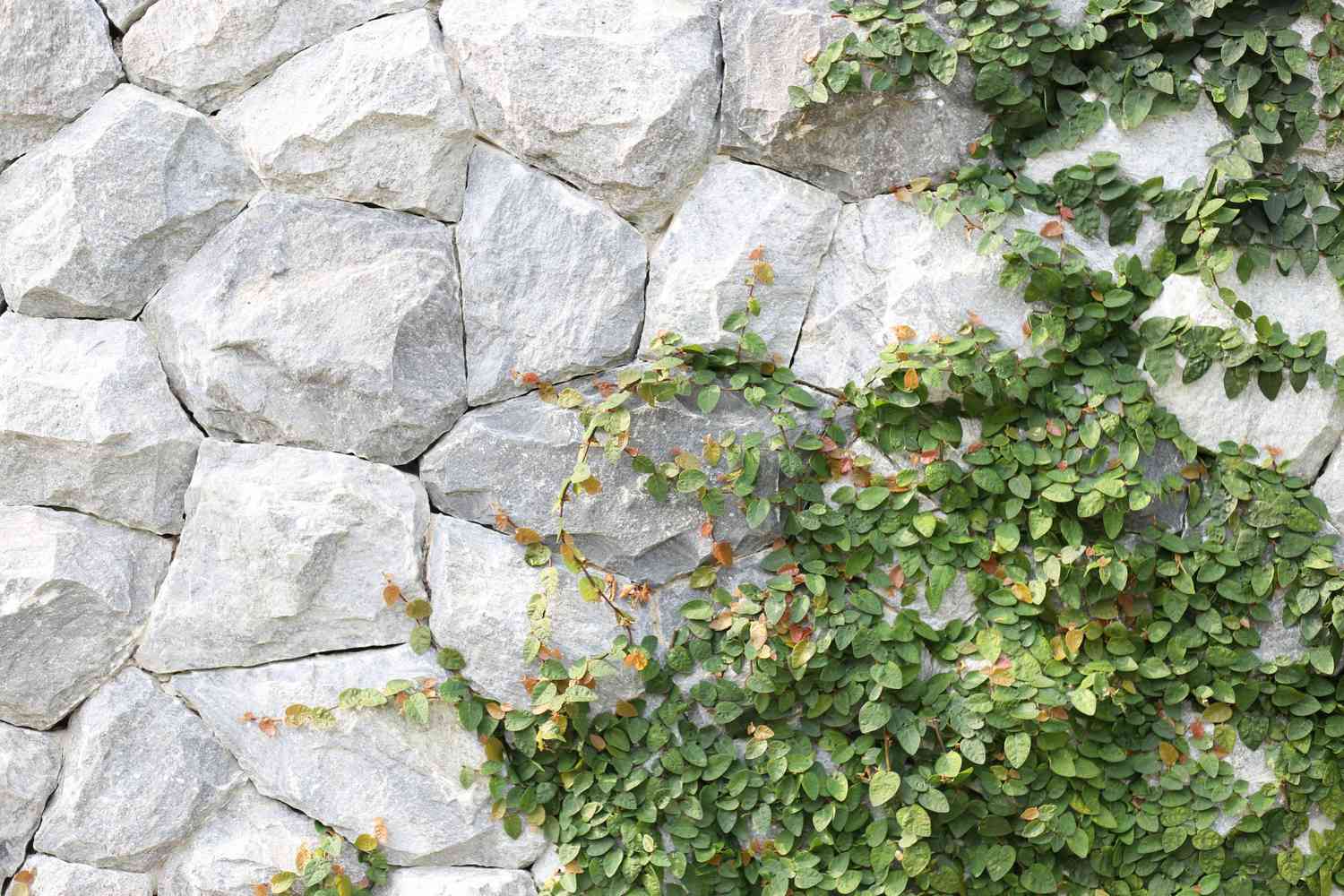
(Ficus pumila)
This quick climber requires shearing to keep it looking tidy when it’s attached to walls and fences. The clinging roots of the small-leaved evergreen vine allow it to blanket brick, stucco, and stone. Hardy in USDA Zones 8–11; if a cold winter kills it back to the ground, creeping fig may reemerge in spring.
Learn more about creeping fig.
Honeysuckle
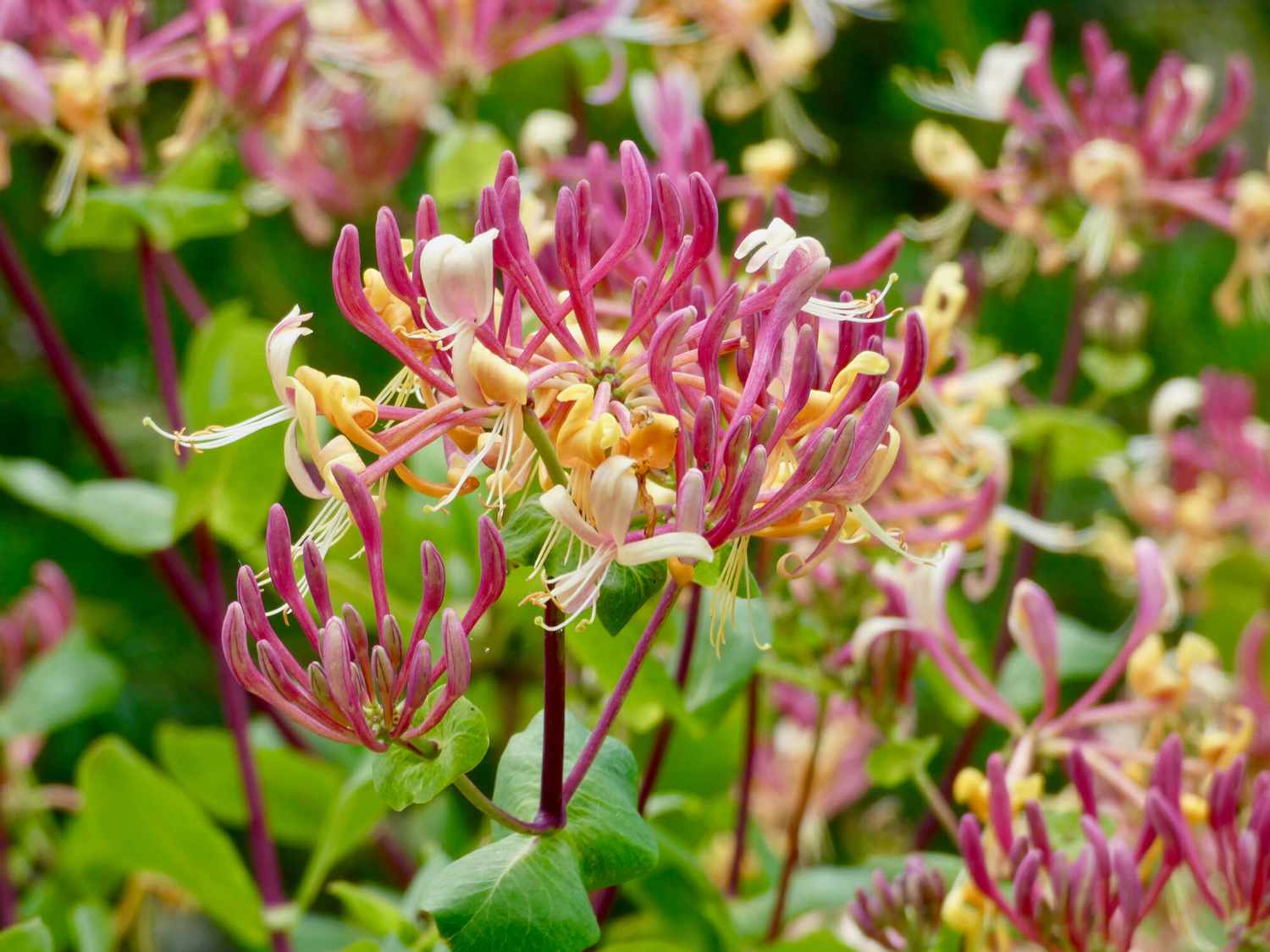
(Lonicera sp.)
Skip the invasive Japanese honeysuckles in favor of better behaved species. The fragrant summer blooms of woodbine honeysuckle (Lonicera periclymenum) grow well in dappled shade, while the gorgeous red flowers of the native trumpet honeysuckle (Lonicera sempervirens) bloom best in full sun. Trumpet honeysuckle might not have a sweet scent, but it’s blooms attract hummingbirds.
Learn more about honeysuckle.
Ivy
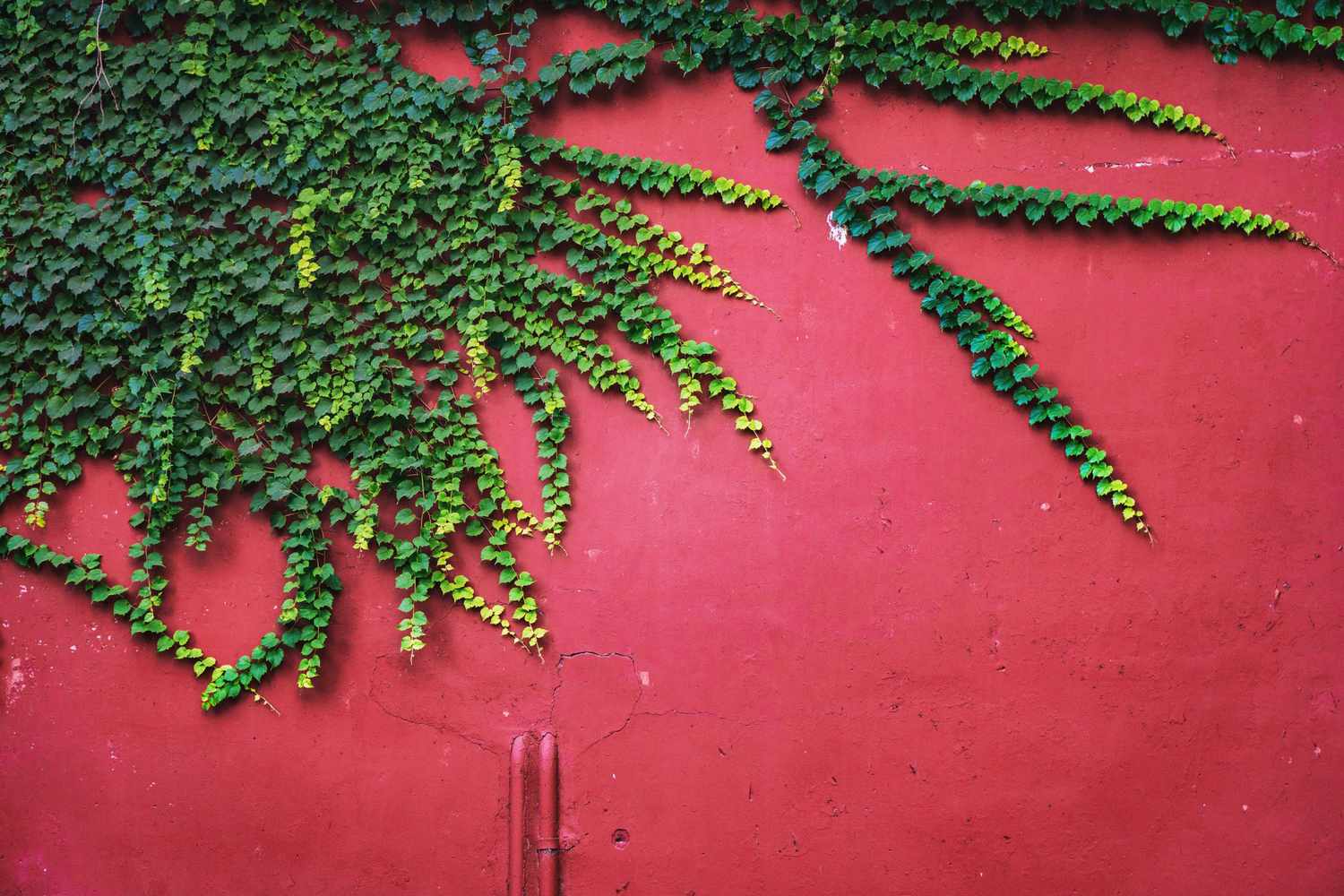
(Hedera sp.)
This shade-loving vine can spread as a groundcover or cling to and cover walls, trellises, fences, and trees. Ivy adds a stately touch to historic homes, but is also invasive in much of the South. Frequent pruning and pulling is required to keep it in check.
Learn more about controlling English ivy.
Morning Glory
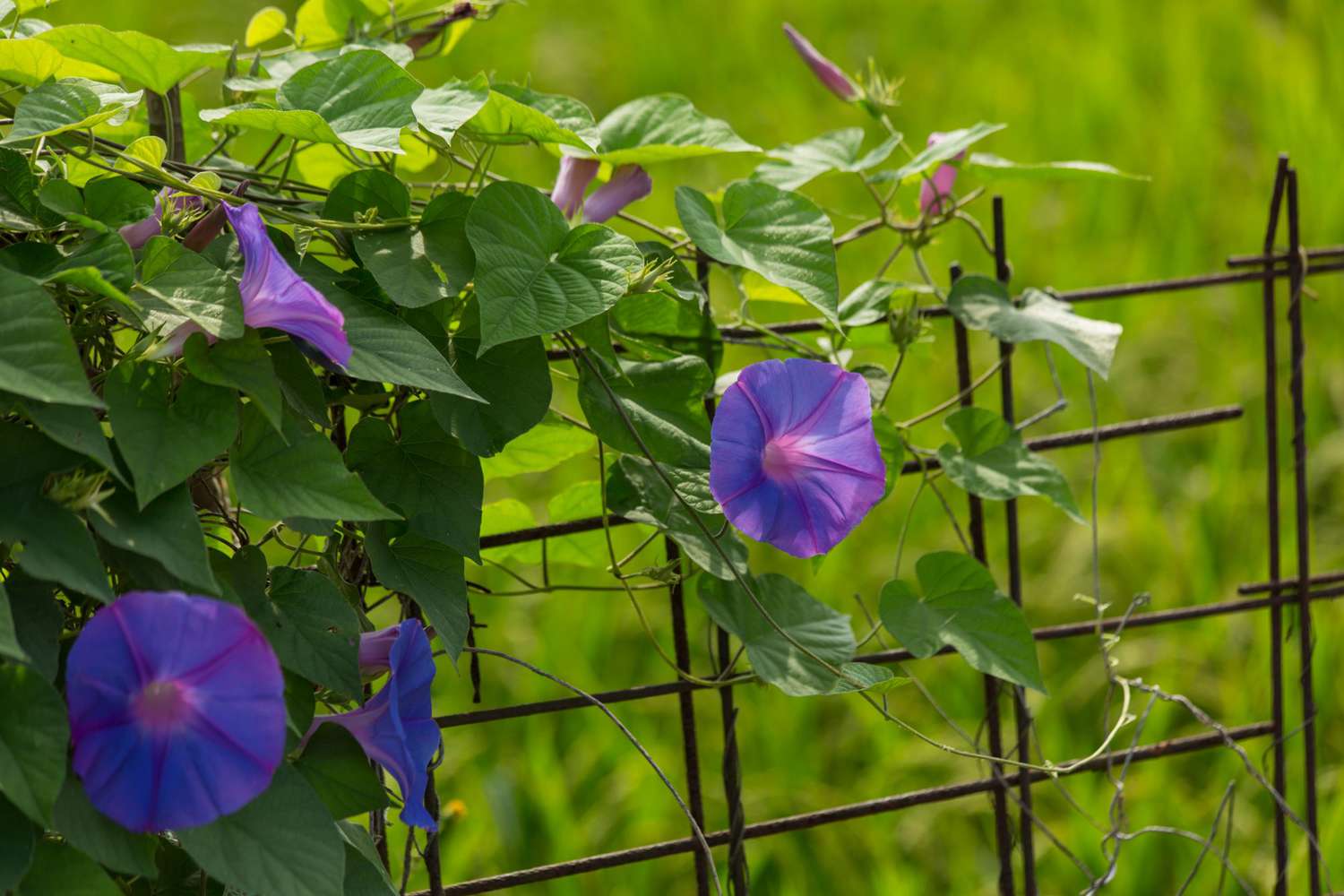
(Ipomoea sp.)
Related species include the night-blooming moonflower (Ipomoea alba) and the sweet potato vine (Ipomoea batatas), which is grown for its ornamental, trailing foliage. Morning glory (Ipomoea nil) is an annual that produces big, showy blue or white flowers in summer. Morning glory requires support or other plants to scramble up. All of these plants grow in full sun, but hardiness varies.
Star Jasmine
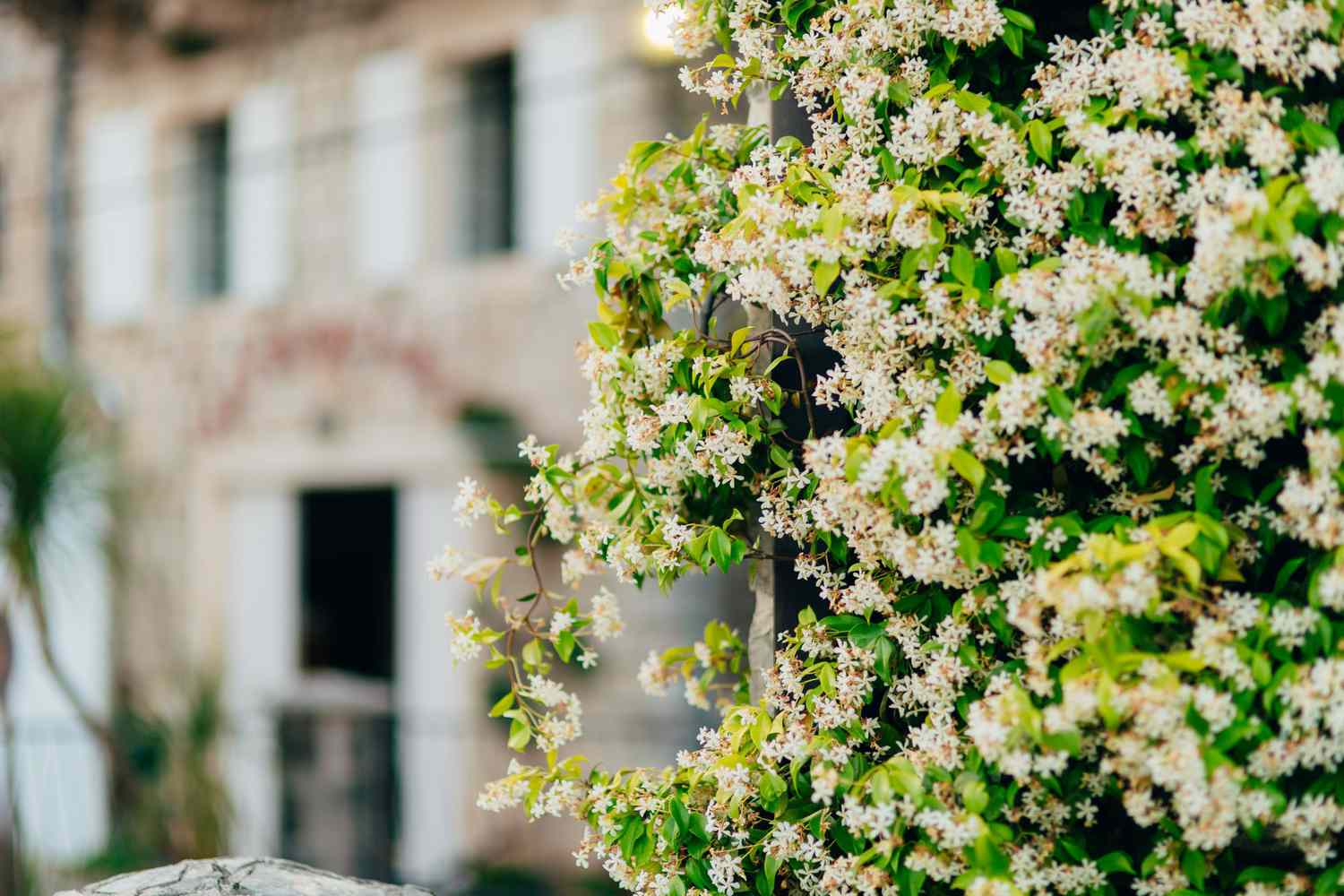
(Trachelospermum jasminoides)
Star jasmine is not a true jasmine, but the South loves it anyway. The deeply fragrant perfume of the tiny white flowers permeates neighborhoods all over USDA Zones 8–10 in late spring, attracting bees and other admirers. Star jasmine is a vigorous grower that can spill over walls or be trained to grow on a trellis or pergola in part shade.
Wisteria
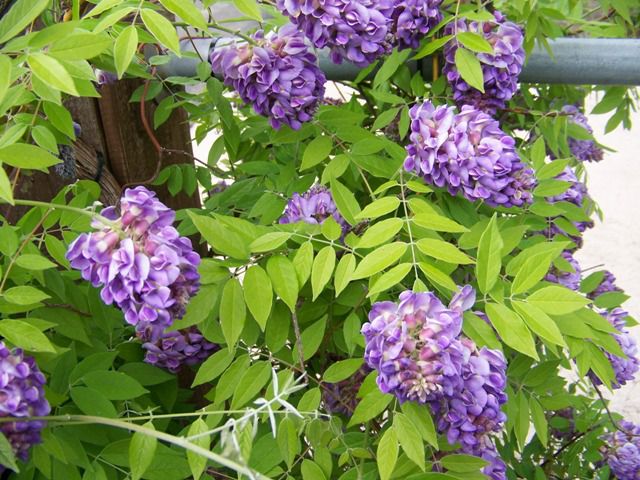
(Wisteria sp.)
The telltale woody stems and abundant, fragrant, drooping purple blooms are hallmarks of wisteria. We recommend planting American wisteria to avoid the invasive tendencies of exotic species. Plant in full sun in USDA Zones 7–9 with strong support for the heavy vines (or plant Kentucky wisteria, which is more cold hardy).
Find it in the Southern Living Plant Collection.
Was this page helpful?
Thanks for your feedback!
Tell us why!